Trailer:
Paris transformations
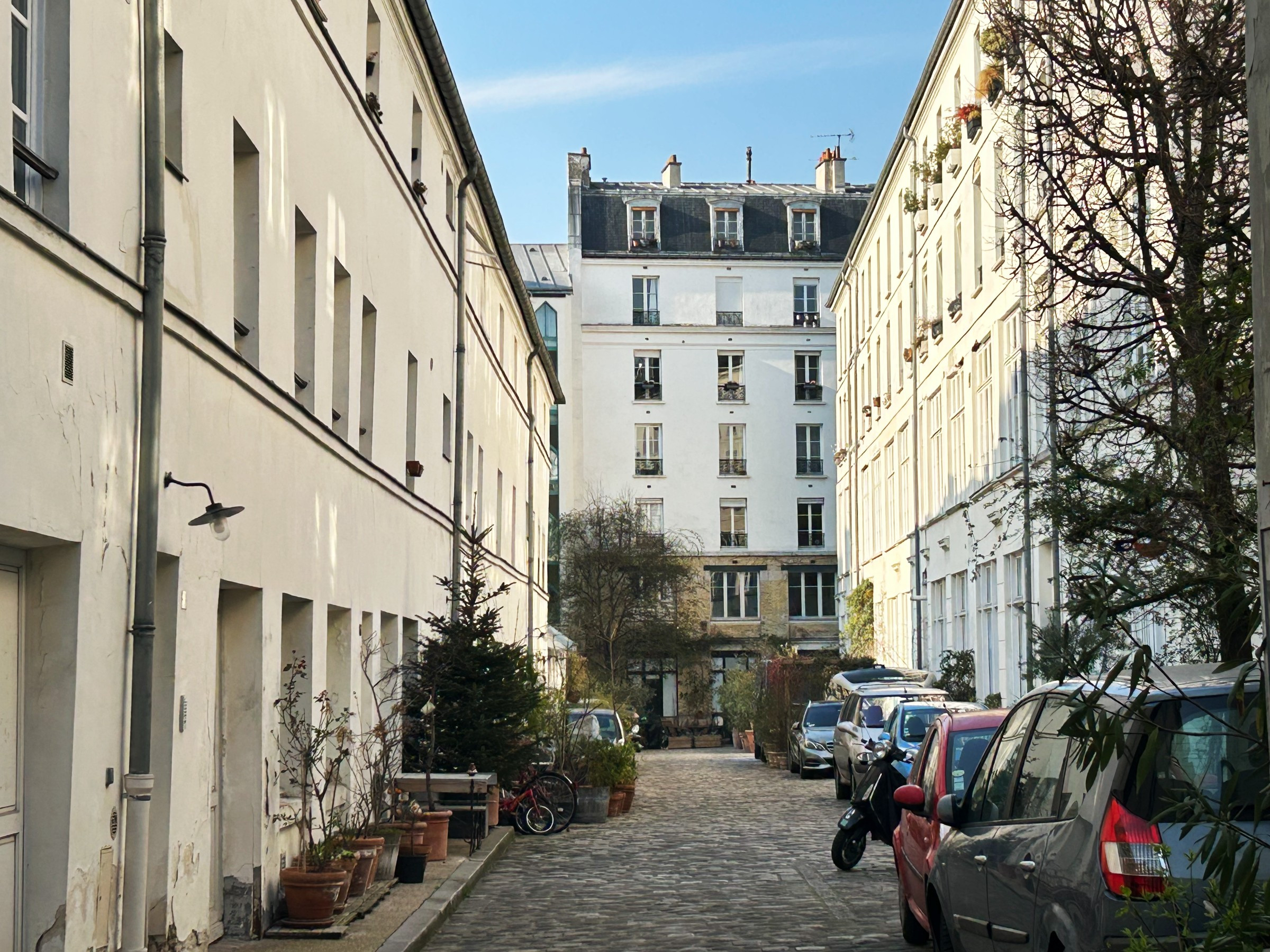
Paris courtyard, spring 2023
This spring Mike Axinn and I went to Paris to see how artisans are able to practise their craft in a vibrant, urban setting. We wanted to discover more about the relevance of traditional skills in a world of 21st century technologies.
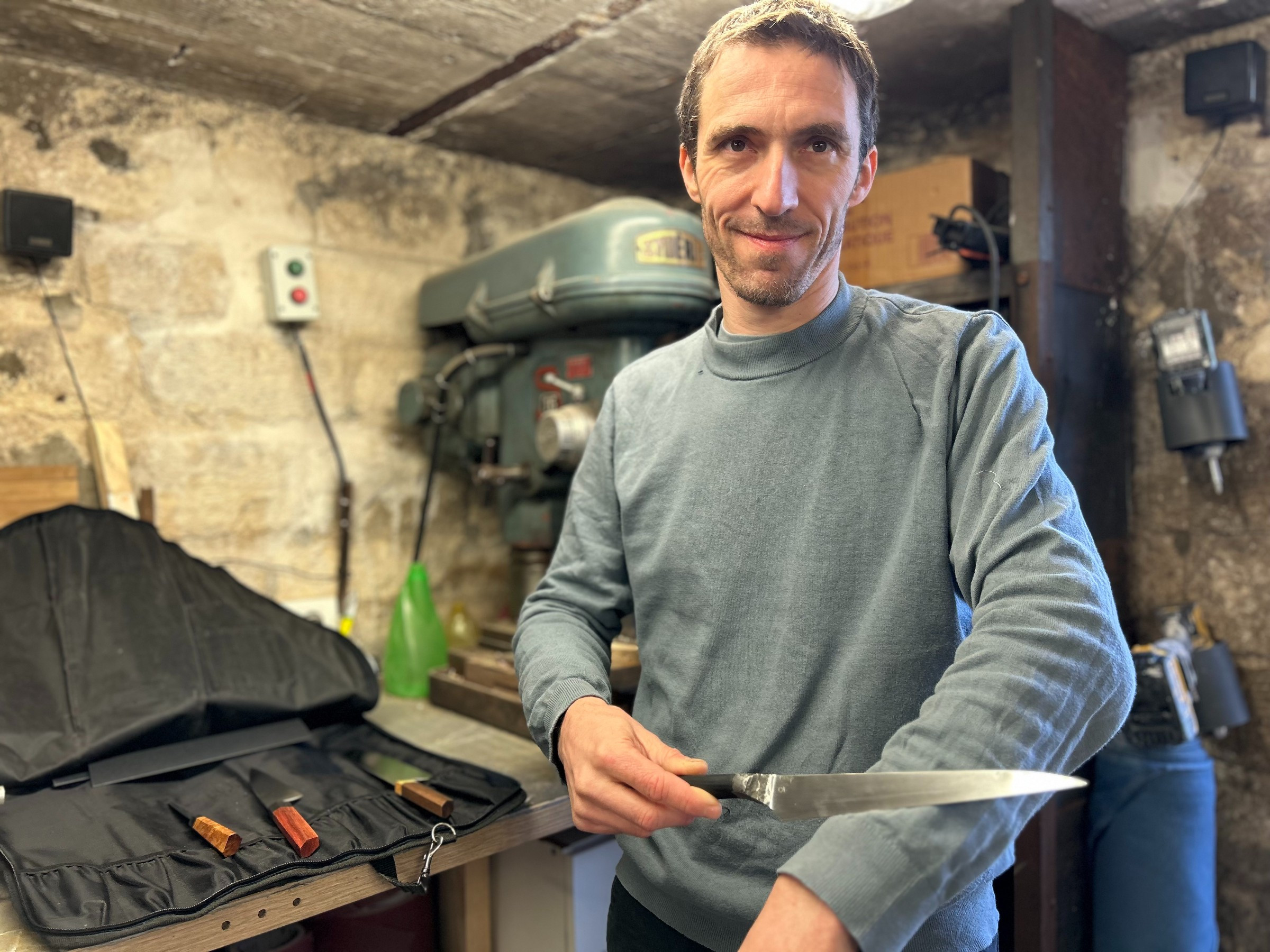
Sylvain Maenhout, knife maker
First we met Sylvain Maenhout who gave up a conventional career and moved his family out of central Paris to devote his life to making kitchen knives.
Release date: 26 May 2023
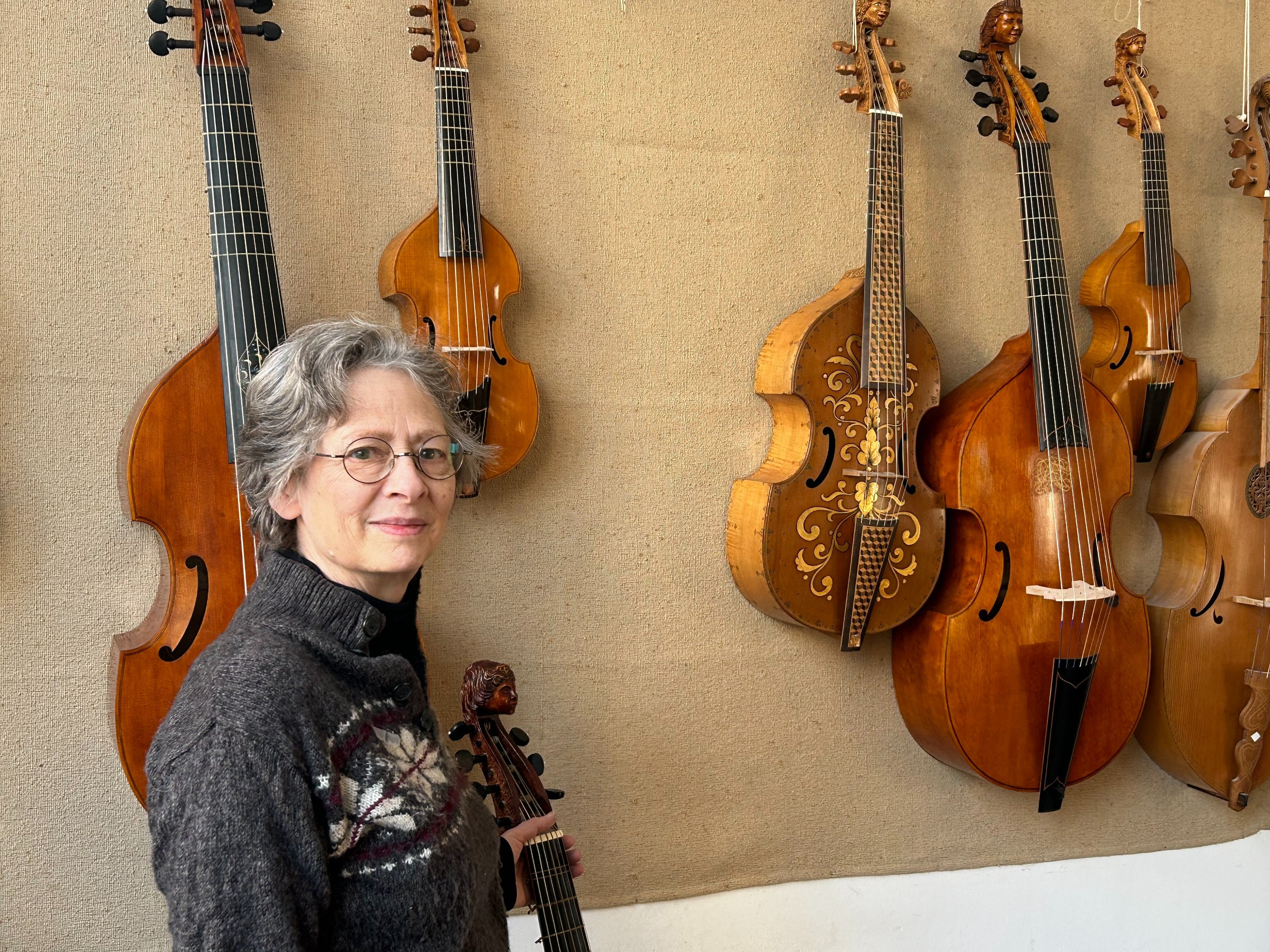
Judith Kraft, luthier (maker of stringed instruments)
We also spoke with Judith Kraft who left America to establish herself in Paris as a luthier, making viola da gambas. She tells of her process – from choosing the wood in the Jura, to passing the instrument to its new owner and hearing it played in their hands.
Release date: Summer 2023
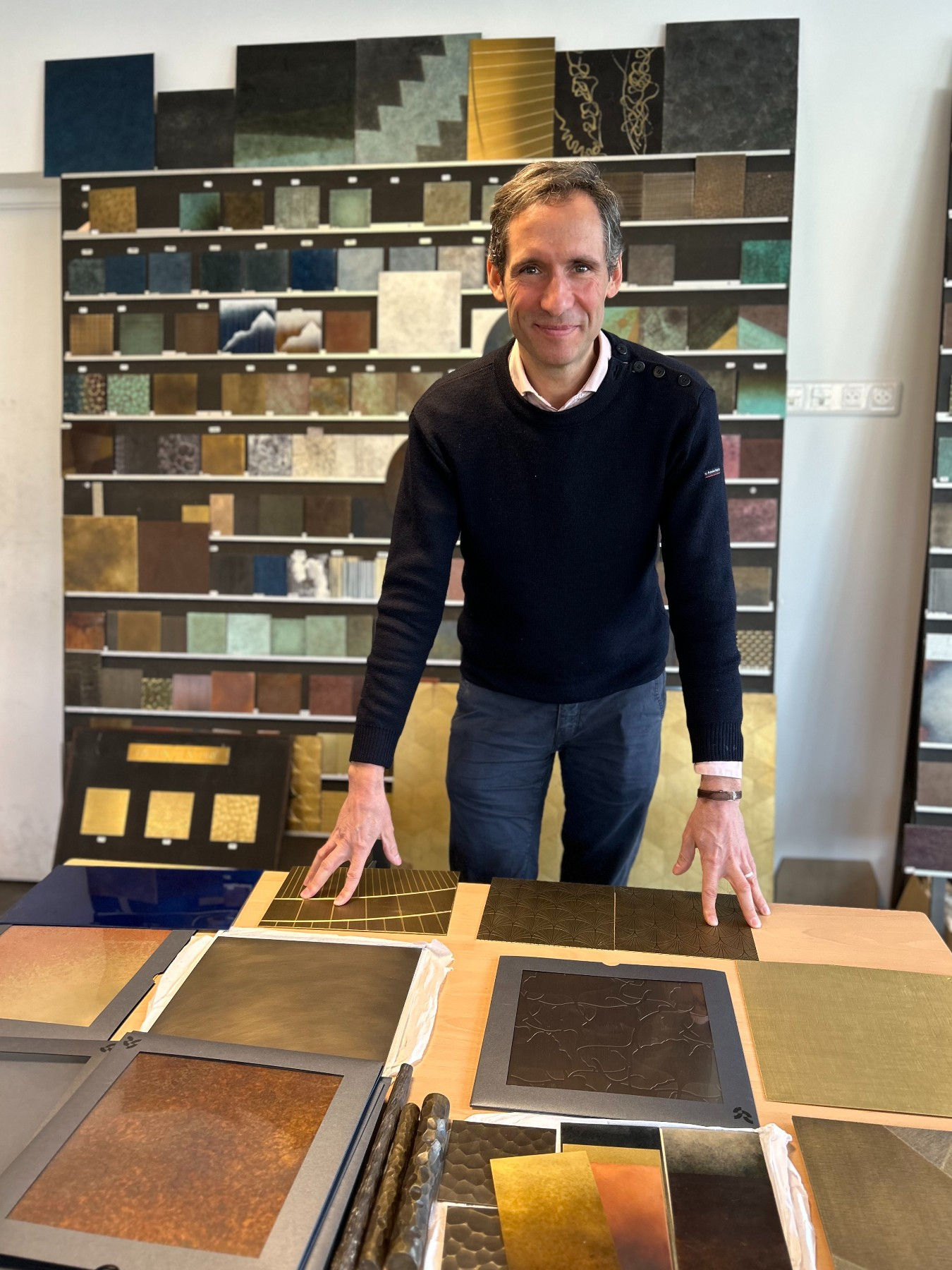
Steaven Richard, artistic metalworker
Then we visited Steaven Richard whose passion for horses took him around the world as a blacksmith, discovering architecture that inspired his fine artistic metalwork. As demand for his work grew, he moved to a larger facility where his team of blacksmiths and metalworkers combine traditional skills with new technology.
Release date: Summer 2023
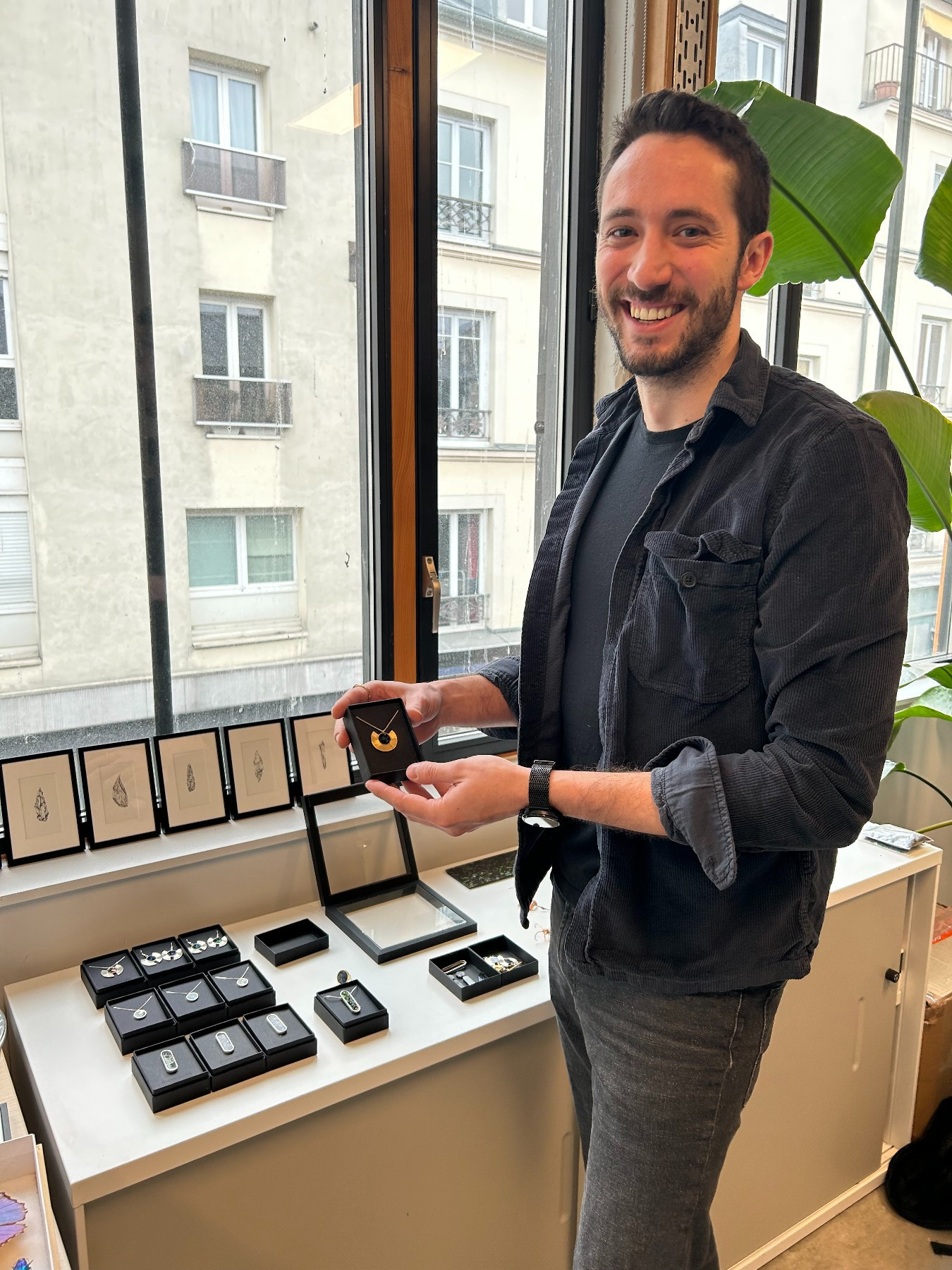
Xavier Montoy, jewellery designer and maker
Finally we met Xavier Montoy who grew up in a family of doctors and was always keen on biology. When he chose an artistic route he focussed on endangered insects to highlight their importance in the ecosystem. He tells how his passion for insects led him to create jewellery with the Sternocera beetle.
Release date: Summer 2023
All of these artisans told us tales of transformation and spoke of sourcing and creating from their chosen materials with passion and purpose.
Credits
Producer: Sarah Monk
Producer/editor: Mike Axinn
Music: courtesy of Epidemic Sound
Incertae, Bladverk Band
Transcript
Sylvain Maenhout (00:00):
I think the passion comes from the craft itself, but also from my own path, really, and everything that I left when I changed career, everything that I embraced, basically, doing what I do on a day-to-day basis, being close to my family, having some time with my kids. I mean, it’s priceless.
Sarah Monk (00:32):
This spring, Mike Axinn and I went to Paris to learn how artisans are able to practice their craft in a vibrant, urban setting. We wanted to discover more about the relevance of traditional skills in a world of 21st century technologies. First, we met Sylvain Maenhout, who gave up a conventional career and moved his family out of central Paris to devote his life to making kitchen knives.
(00:54):
We also spoke with Judith Kraft, who left America to establish herself in Paris as a luthier, making viola da gambas. Then we visited Steaven Richard, whose passion for horses took him around the world as a blacksmith, discovering architecture that inspired his fine artistic metal work. Finally, we met Xavier Montoy, who grew up in a family of doctors and was always keen on biology. When he chose an artistic route, he focused on endangered insects to highlight their importance in the ecosystem. All of them told us tales of transformation and spoke of working their chosen materials with passion and purpose.
Xavier Montoy (01:33):
The greatest thing with those beetles is that they are iridescent. It’s a metallic color between blue and green, or it’s also gold or deep blue. Basically, when I saw this material, I was like, "Okay, yeah, it is good to use biology to develop project and make science." But my feeling was it was most important to reveal the beauty of nature, to make people understand that it’s such an amazing thing that when people will notice it, I hope they will be more conscious of the beauty of nature and the way that we have to take care of it.
Judith Kraft (02:11):
The main woods that we use for these instruments are spruce, and most of the spruce comes from the Jura Mountains near the Swiss border. There’s this whole science that’s been devised in the past, I don’t know how many years, called dendrochronology, which is studying either the climate using wood like this, or identifying the age of wood, say, in an old instrument. It’s kind of like a barcode, and you can really tell what the climate was like over a period of 10, 20, 30 years in each stripe here.
Steaven Richard (02:46):
I always try to understand the different style. In Germany, for example, the technique that the smiths used was very, very German, this is a deep forge, but the drawing of the mentation is very French. In Brussels, for example, I was very surprised that they are very Nordic. It’s to have very soft texture and not so many colors with the patina. In London, it’s possible to be more exuberant, so you can see a lot of cast iron. And in Spain, the gates is very vertical, and you see this kind of gate also in southwest of France.
Sylvain Maenhout (03:34):
Forging is almost a philosophical kind of thing. It’s my idea of starting from scratch, more or less, and that’s why I came to craftsmanship, generally speaking, is doing things. My idea is not to take any shortcut, basically. The forge is something as well, I think, a really primitive kind of thing. That’s something really hypnotic about the forging process, the hot steel, this really cold, hard material that you can shape as you want. It’s just a bit of magic, really.
Sarah Monk (04:06):
The first podcast in our Paris series is out soon, and you can subscribe to our newsletter at Materially Speaking and follow us on Instagram, Facebook, or YouTube to hear when the other episodes go live.